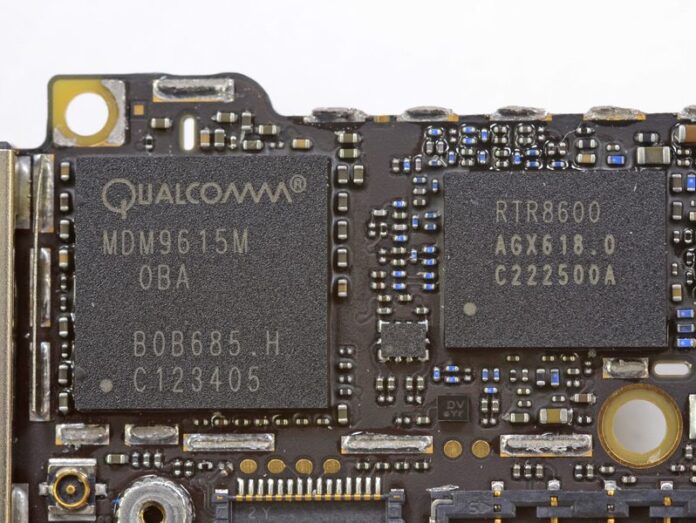LAS VEGAS – LTE-Unlicensed, cellular running over the same unlicensed spectrum as Wi-Fi, could greatly improve a cellular customer’s network experience. Or it could interfere with another person’s Wi-Fi use. It all depends on whom you’re talking to.
Neville Meijers, SVP of business development for Qualcomm, discussed the issue with RCR Wireless News during the CTIA Super Mobility Show this week. Meijers pointed to numerous tests conducted by Qualcomm and others that suggest Wi-Fi and LTE-U can share spectrum; so what’s the hold up?
“I think it has gone beyond a technical discussion,” Meijers said. “I think it’s a business issue. Now it’s really a discussion around the opportunity for wireless carriers to utilize unlicensed spectrum. They’re already utilizing the unlicensed spectrum for purposes of data offload and giving consumers a better experience. If that experience can be enhanced through LTE-U … why not leverage that?”
Regulators at the Federal Communications Commission have reached out to the broader telecom industry seeking information on LTE-U.
In a Sept. 9 letter to the FCC’s Office of Engineering and Technology Chief Julius Knapp, LTE-U Forum members (Qualcomm, Alcatel-Lucent, Ericsson, LG, Samsung and Verizon Wireless) along with T-Mobile US, stressed that: “Our companies are all strong supporters of Wi-Fi. Millions of our customers rely on Wi-Fi every day. We have deep, continuing business interests in Wi-Fi, and we have every incentive to ensure that these technologies operate alongside each other well. We would never have developed or pursued deployment of LTE-U if it would harm our customers’ use and enjoyment of Wi-Fi.”
Google, Microsoft the Wi-Fi Alliance and others come down on the other side of the issue, while, at this point, the FCC is still collecting industry feedback and hasn’t taken a position.
Meijers reiterated: “We’ve moved beyond the technical arguments.” He said there needs to be “more dialogue, more collaboration,” around the issue.
Also at the CTIA Super Mobility event, Samsung and Verizon Wireless announced plans to test LTE-U femto cells with trials slated to conclude at the end of the year and both companies expect the LTE-U-enabled small cells to be commercially available later next year.
“Samsung is proud of the work we have accomplished with Verizon in the LTE-U Forum and we are excited to deliver the network solution and devices to continue to power their networks,” said Mark Louison, networks division SVP and U.S. GM for Samsung Electronics America. “This solution illustrates our continued focus on delivering the highest-quality LTE experience to our closest partners while using unlicensed spectrum.”
Adam Koeppe, VP of network planning for Verizon said: “We are eager to trial Samsung’s new solution, and expect that it and other solutions from the LTE-U Forum will continue to drive our leadership position in offering the best wireless network and solutions to our customers.”
For more insight on the future of LTE-U and Wi-Fi coexistence, download the in-depth report by Monica Paolini in conjunction with RCR Wireless News.

